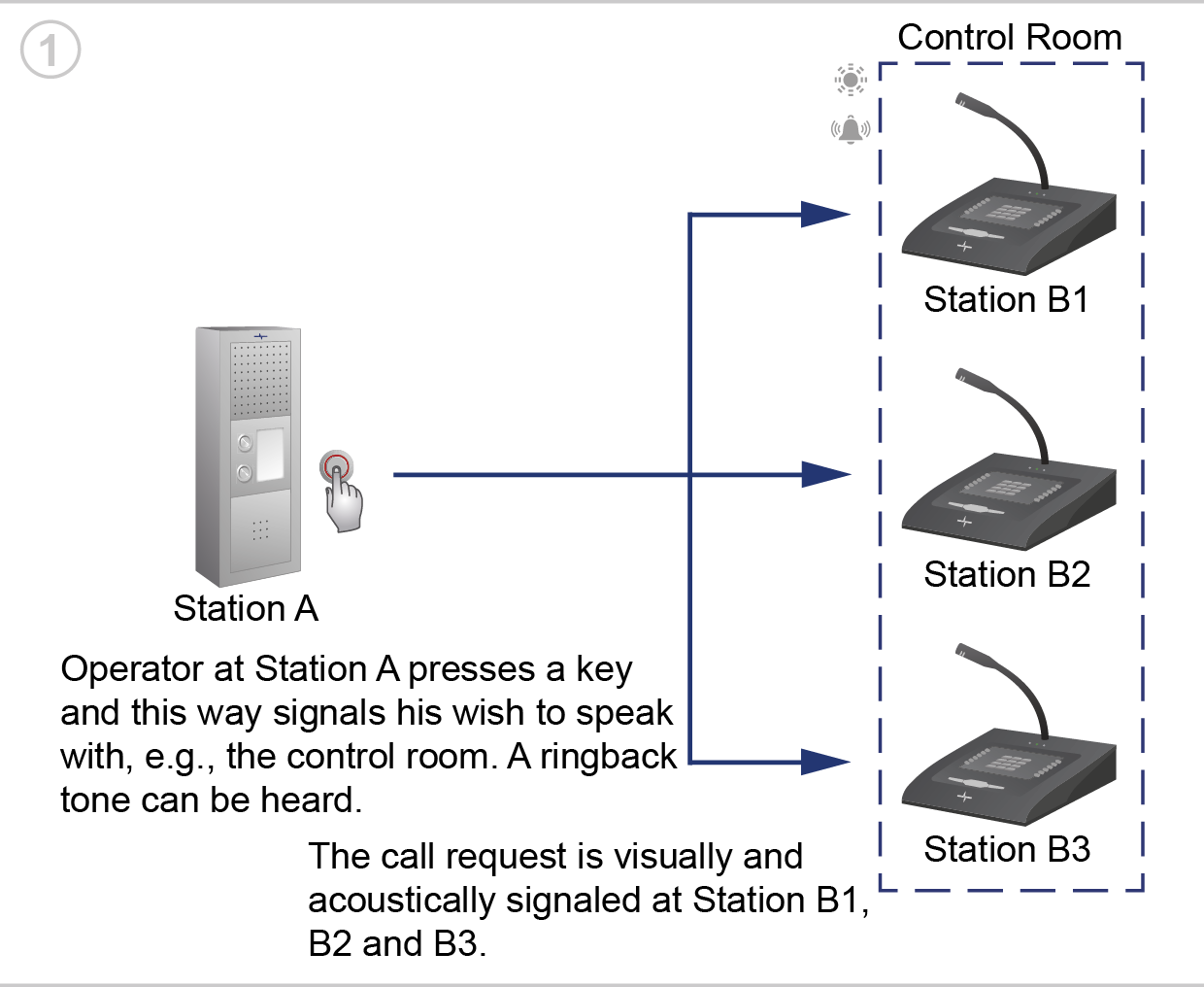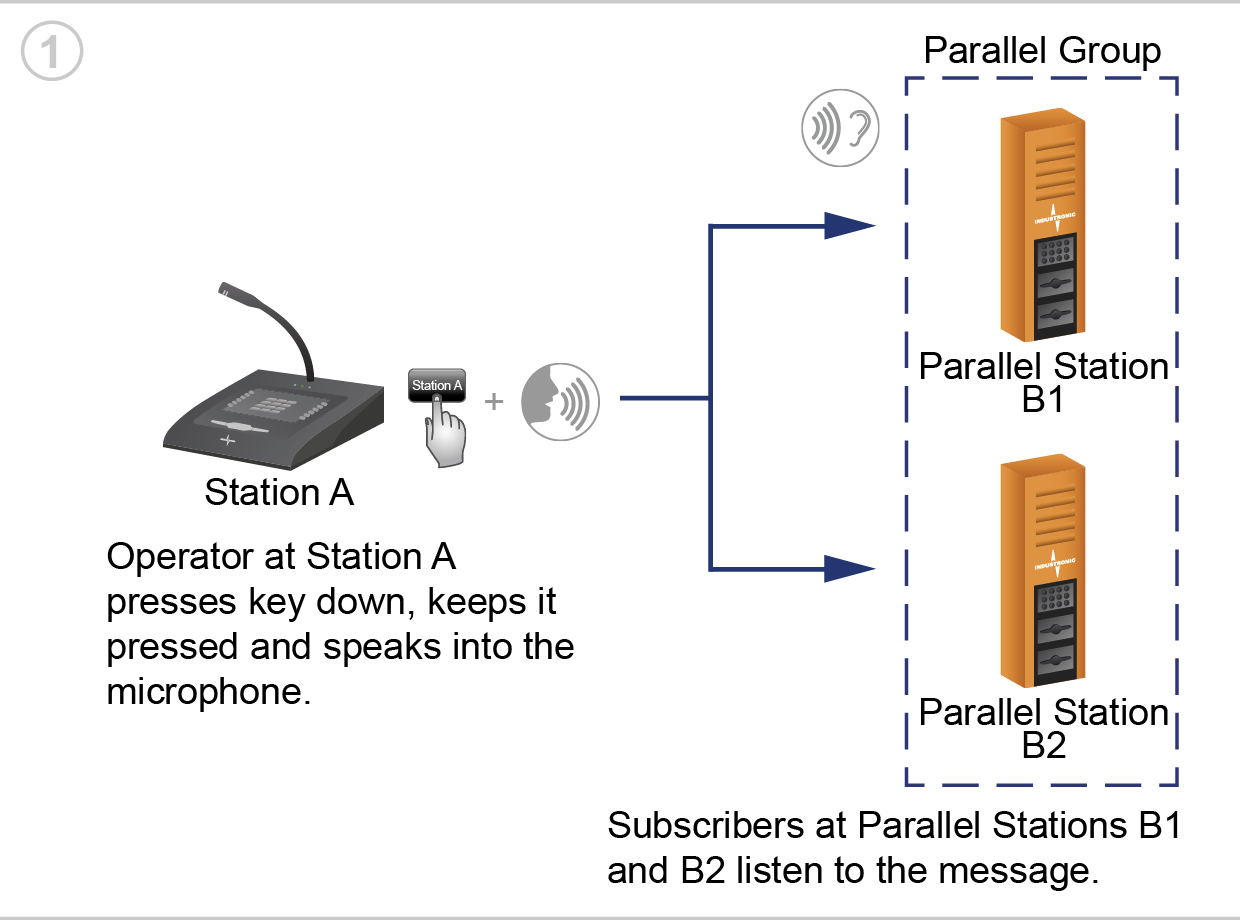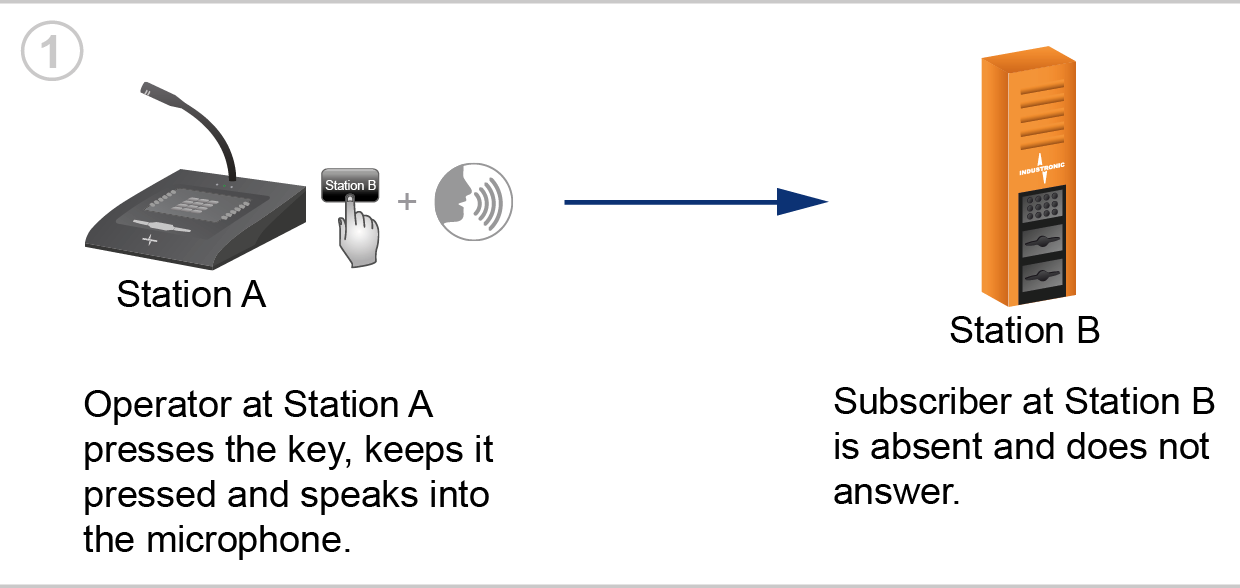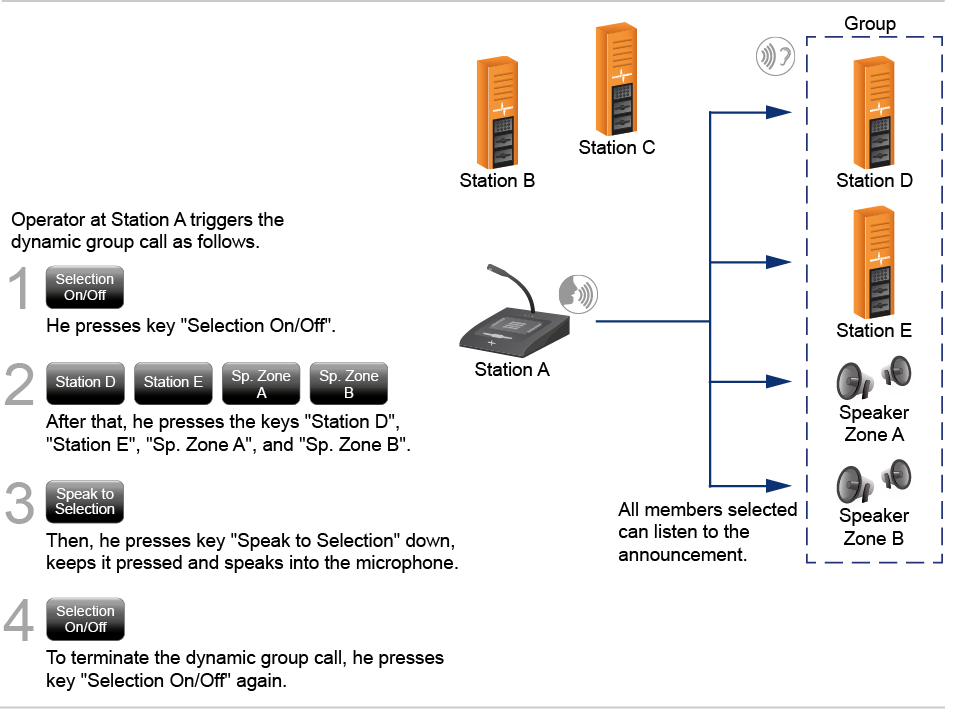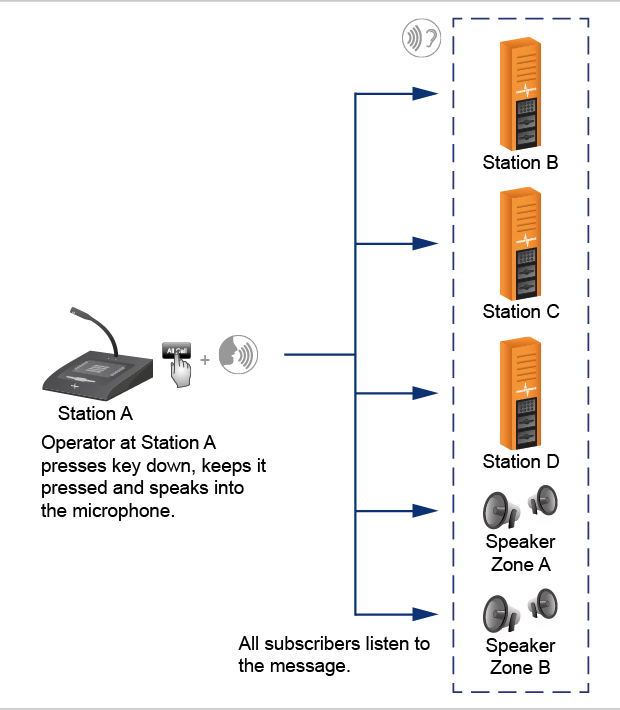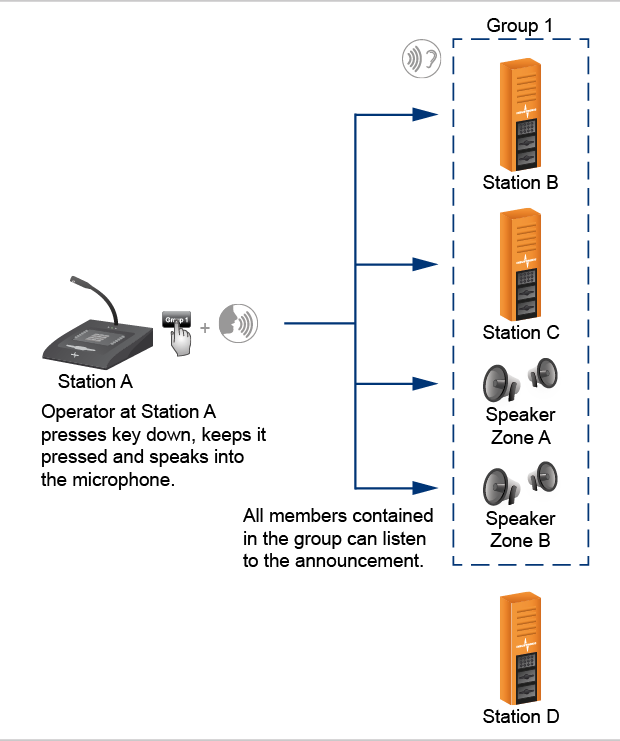Production facilities as well as industrial processes and procedures are experiencing the “fourth industrial revolution” through the arrival of mobile terminals, real-time applications and the Internet. Industry 4.0 is now reality and every day business. But where does this development come from and why should we deal with this new kind of industry at all? […]
For several years now, it has become clear that digital communication, e.g. via ISDN, is increasingly being overtaken by new technologies such as IP. The circuit-based communication protocols (cable between the terminal device and the central exchange unit) are thus replaced by packet-based protocols. The advantage of this new type of communication lies in the variety of […]
Today´s topic of INDUSTRONIC functions is Call Request Control. This function is often used at gateways and entrance areas. There, visitors must make a call request to the central control room via a gate intercom station. Control Rooms – Flexible and Always Available This call request reaches several control room intercom stations simultaneously. Depending on […]
As mentioned in my recently published blog article, I would like to explain to you the small but subtle differences between the two INDUSTRONIC functions Parallel Group and MultiControl Group. You may remember that both functions enable the communication with a group of members. At the beginning of the communication when one subscriber speaks to […]
Today´s topic of INDUSTRONIC functions is the “MultiControl Group”. This function is often used in control rooms, where you can flexibly decide at which intercom station you want to answer a call. Communication with a MultiControl Group At the beginning of the communication a point-to-multipoint connection is established where all free members of the MultiControl […]
Today´s topic of INDUSTRONIC functions is the “Parallel Group”, where one subscriber establishes a voice connection to a pre-defined group of several members. Within the group you can then flexibly decide at which intercom station you want to answer the call. Communication with a Group of Several Members Communication with a parallel group constantly changes […]
Today´s topic of INDUSTRONIC functions is “Call Storage” where an incoming call request is stored for a later callback and is visually indicated. No Call is Lost Due to the blinking LED on the key, the operator knows immediately who tried to reach him when he was absent. Via simple keypress, he can then call […]
Today´s topic of INDUSTRONIC functions is the “Dynamic Group Call” which allows to establish a call to a freely selectable group of members. One Subscriber Speaks – All Selected Members Listen A dynamic group call provides communication in one direction (unidirectional) where one subscriber speaks and all selected members of the group listen simultaneously (Point-to-Multipoint […]
Today´s topic in my series of INDUSTRONIC functions is the “All Call” which allows to establish a call to all employees in your facility. One Subscriber Speaks – the Others Listen An all call provides communication in one direction (unidirectional) where one subscriber speaks and all others listen simultaneously (Point-to-Multipoint connection). Subscribers and targets can […]
In my last two blog articles I described different ways of bidirectional communication. This time I would like to give you an insight into a unidirectional communication method where a call is established to a pre-defined group of members – the group call. One Subscriber Speaks – the Others Listen For a group call, one […]


